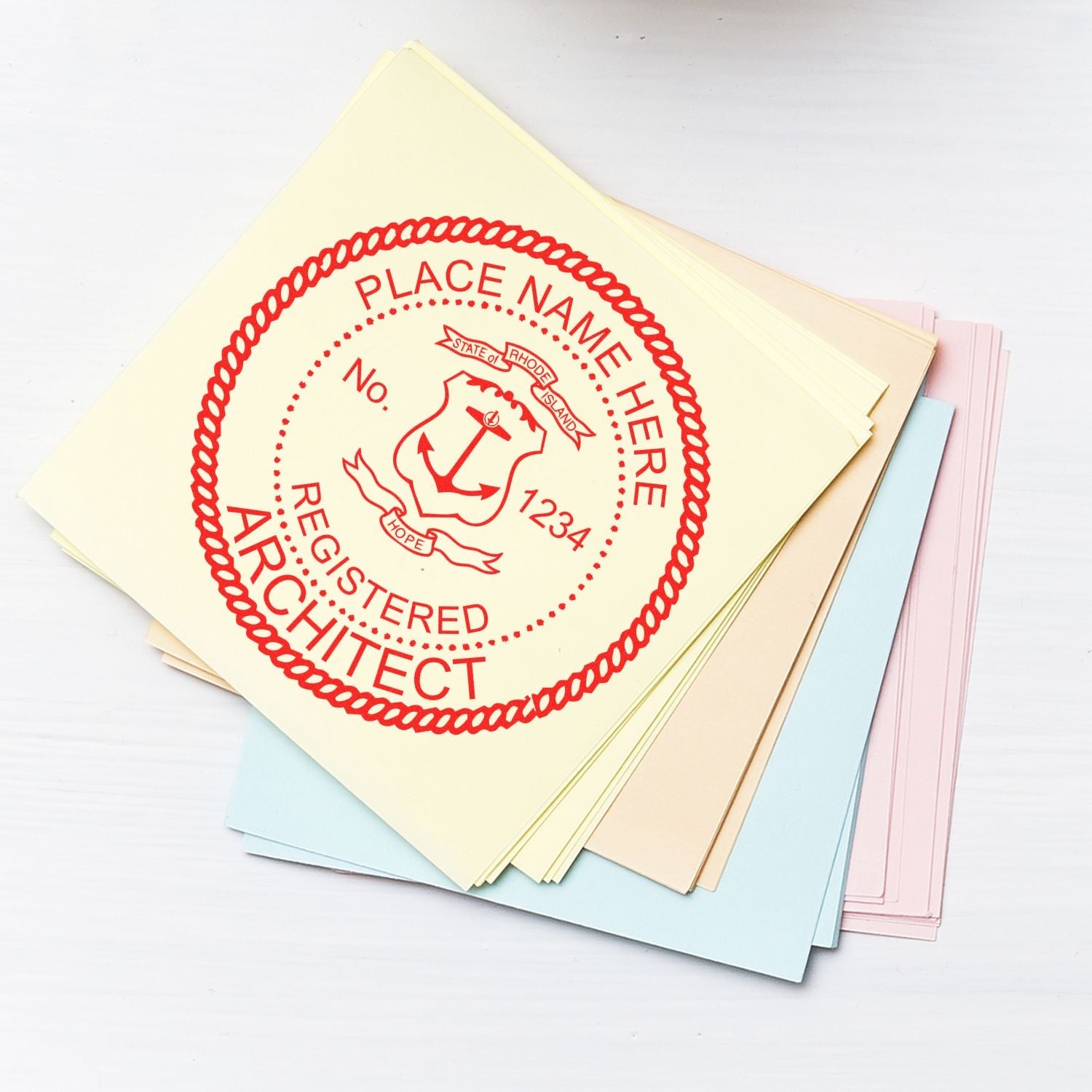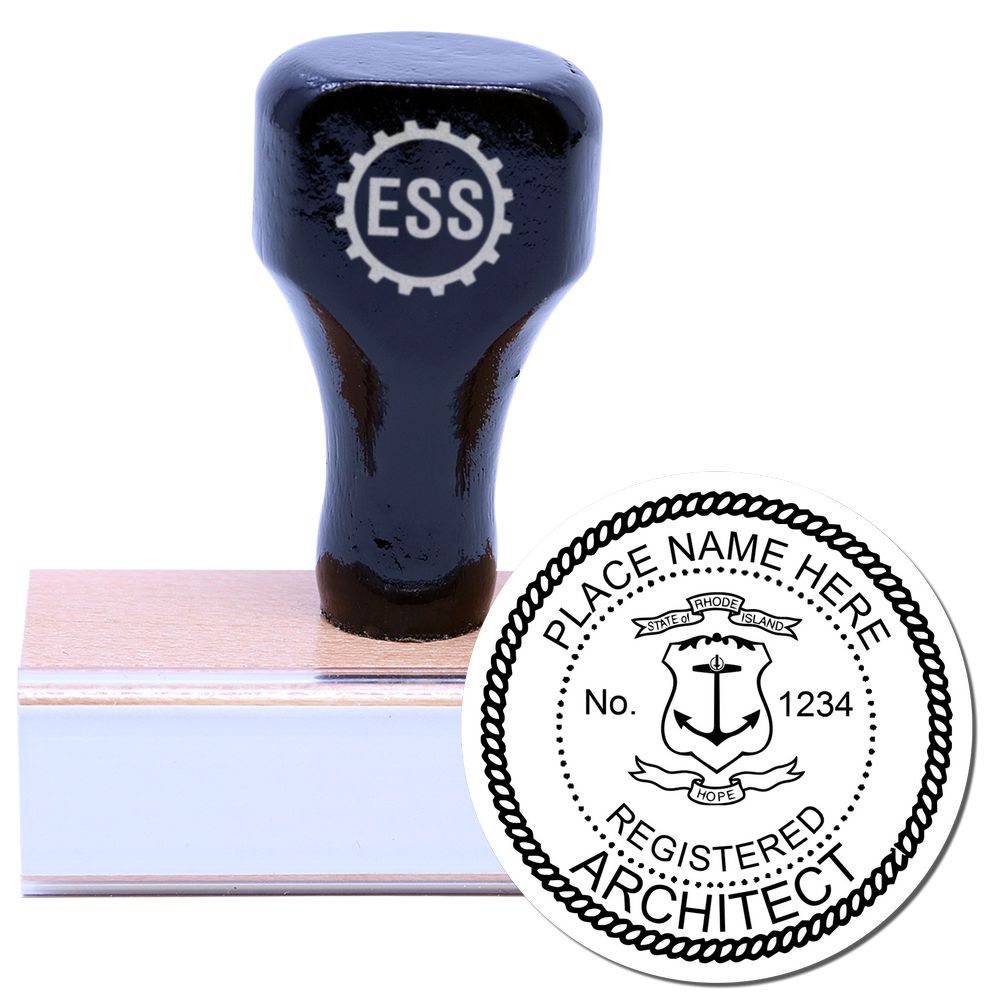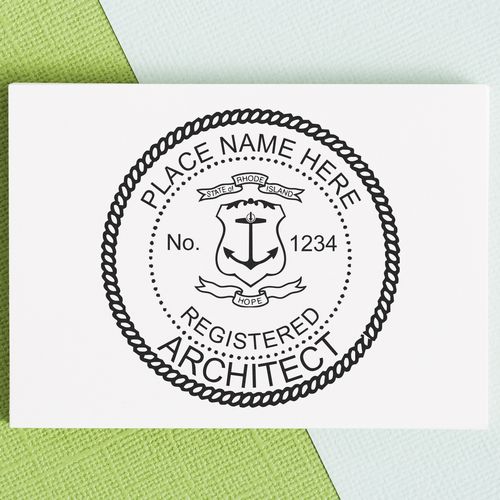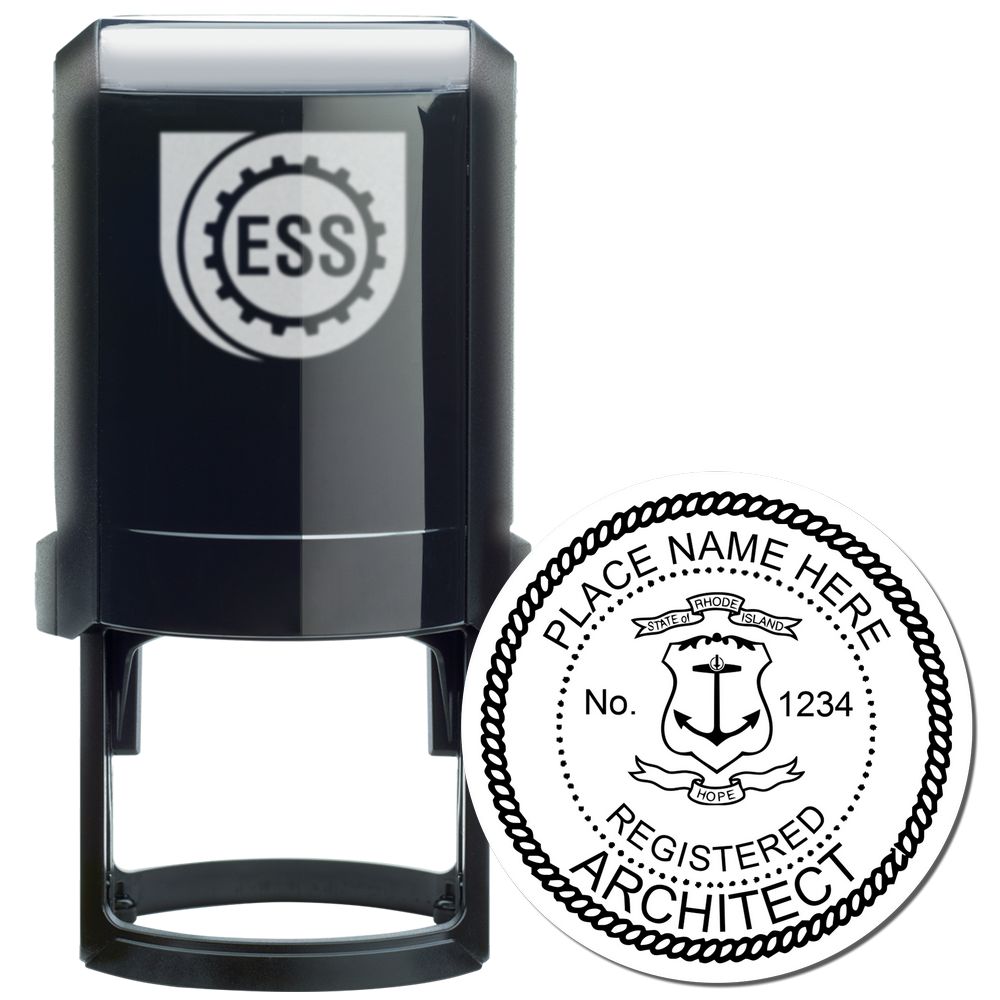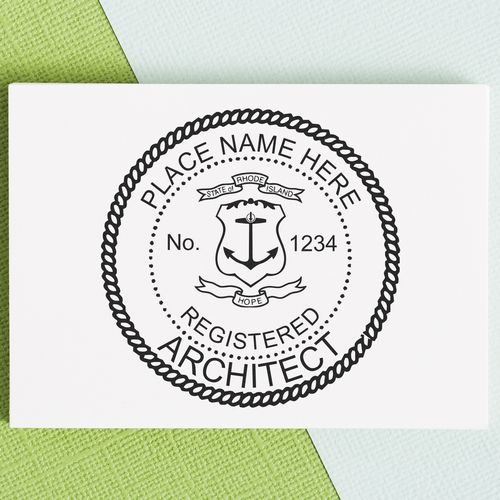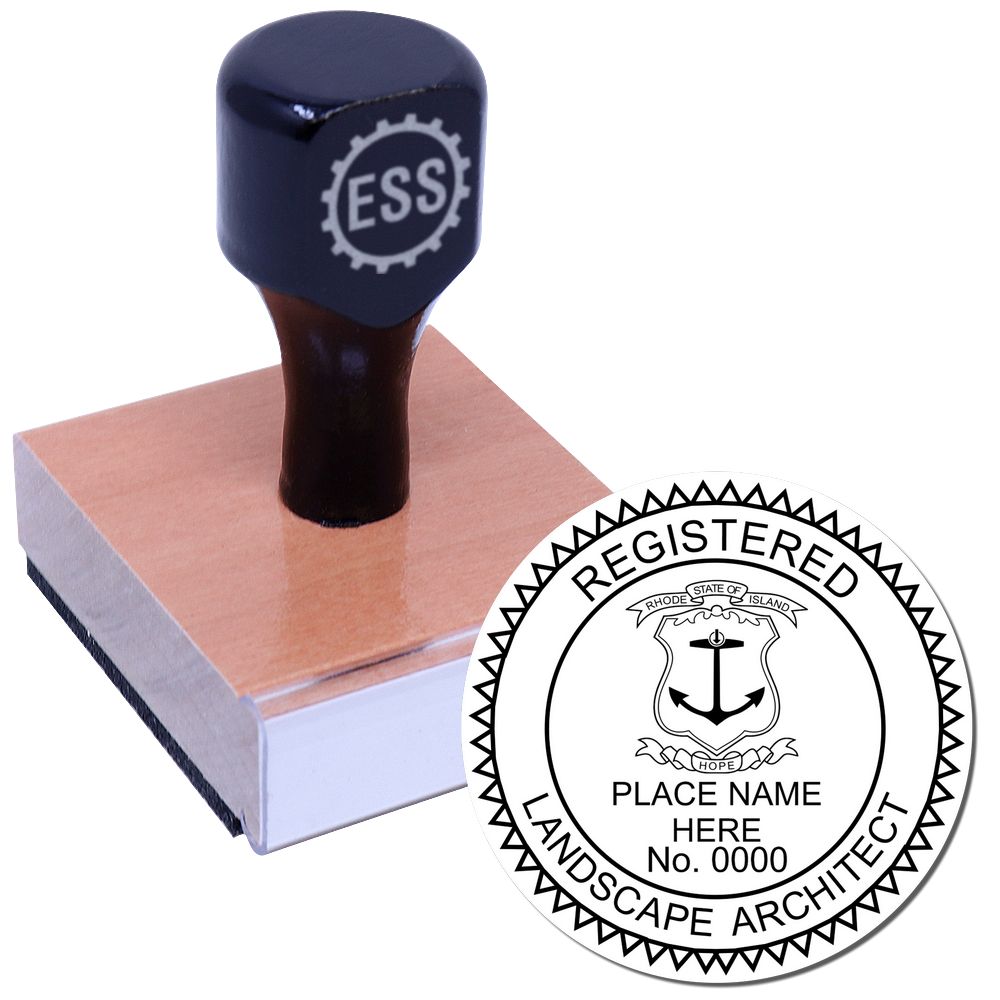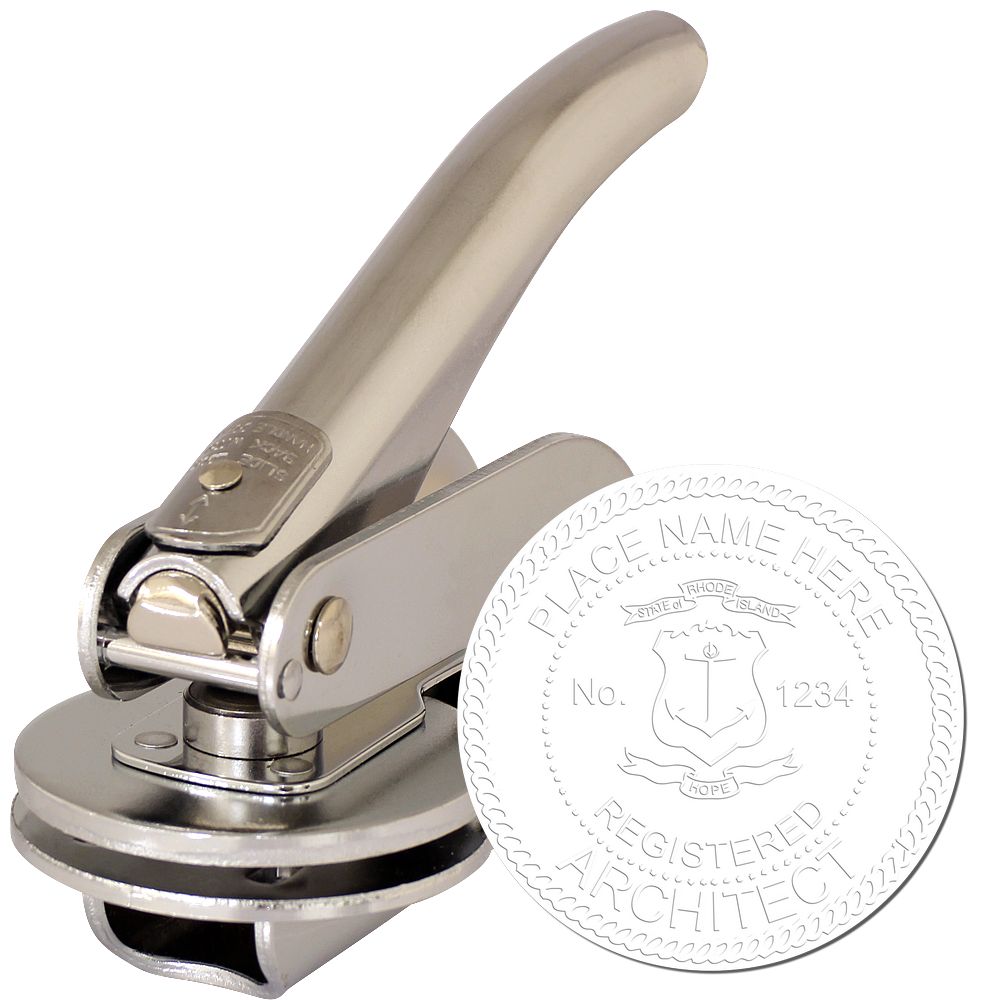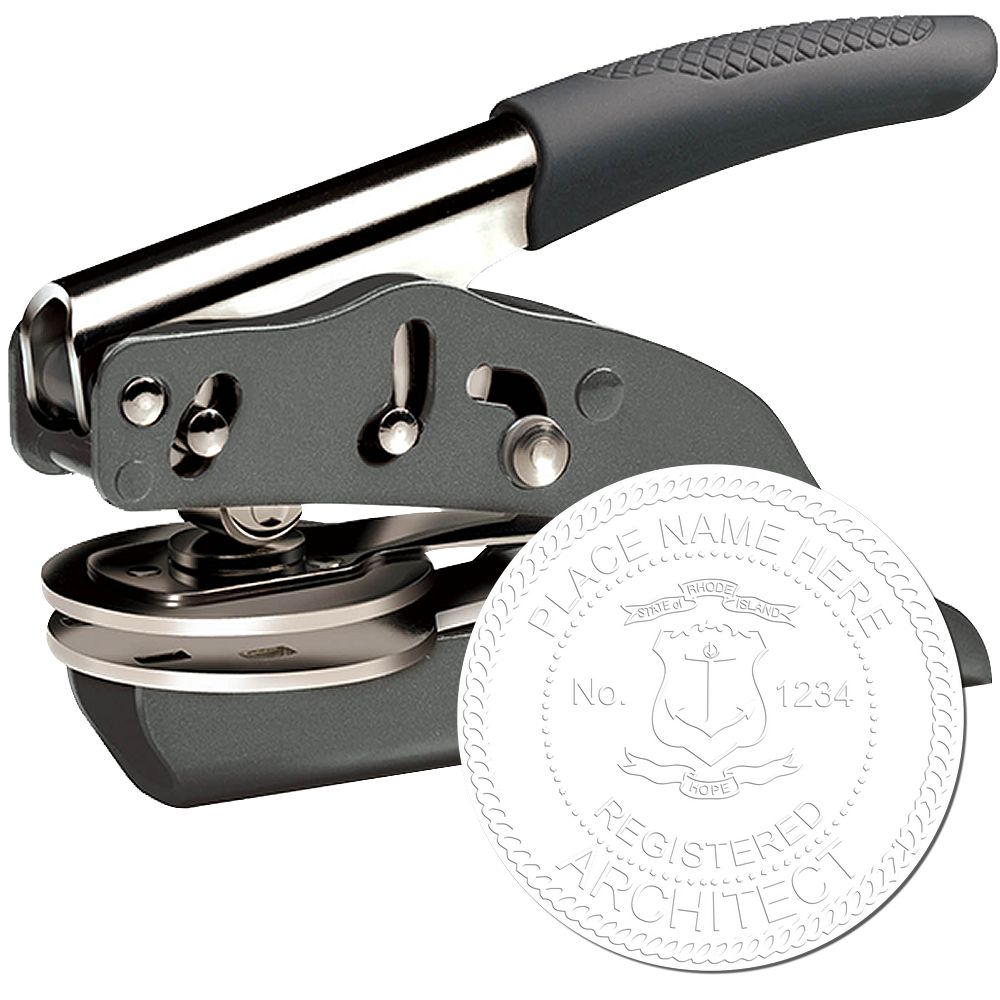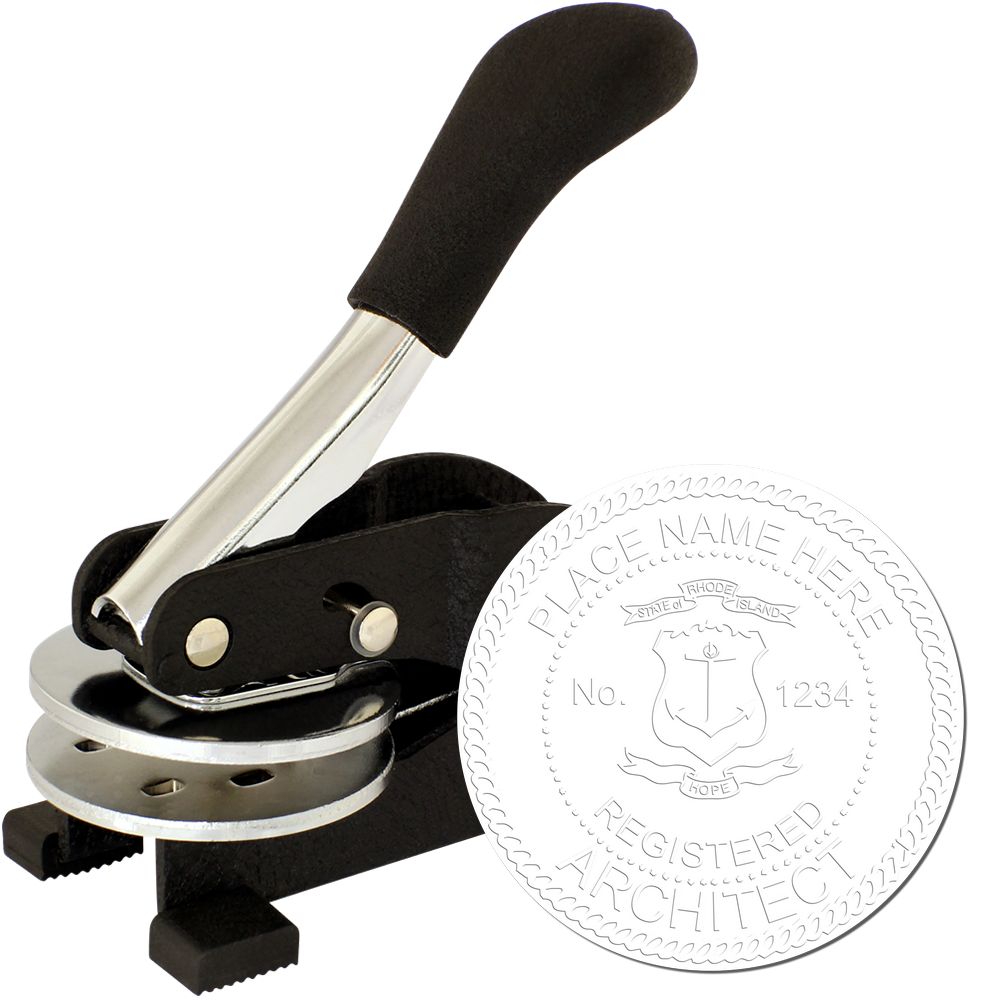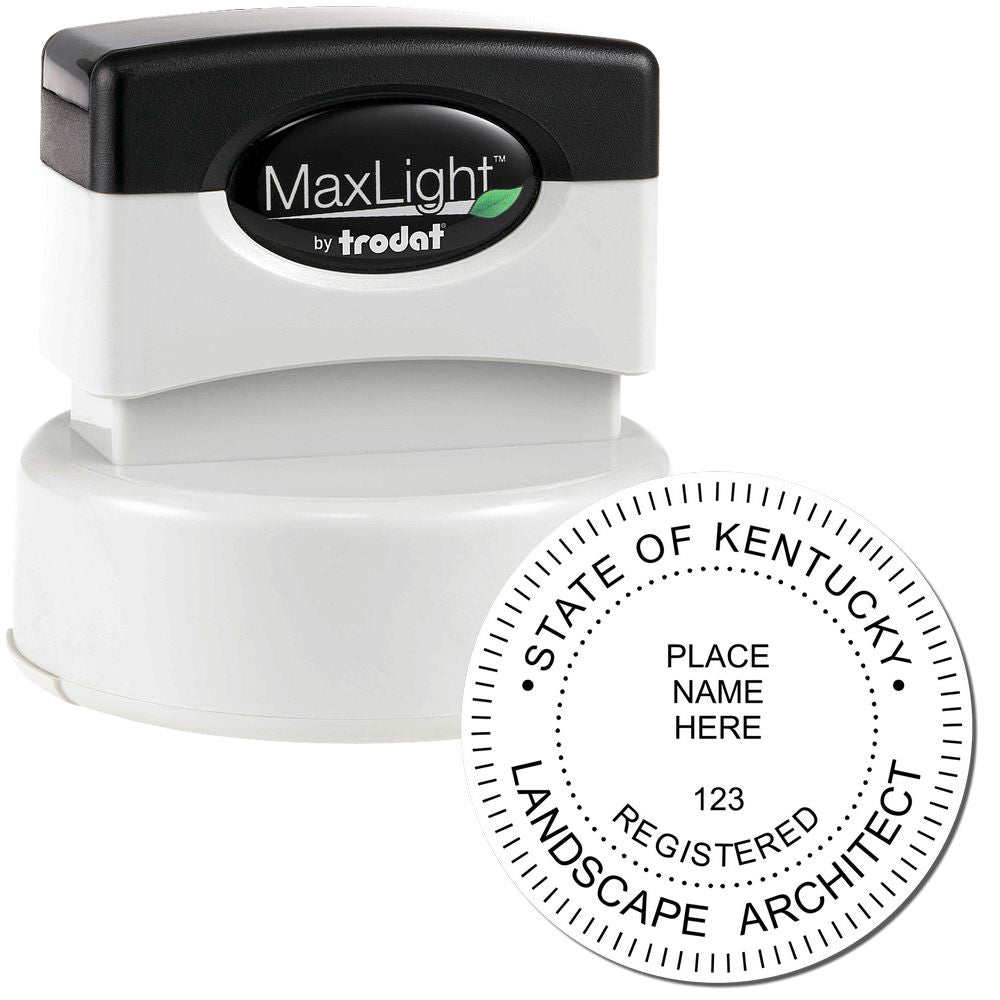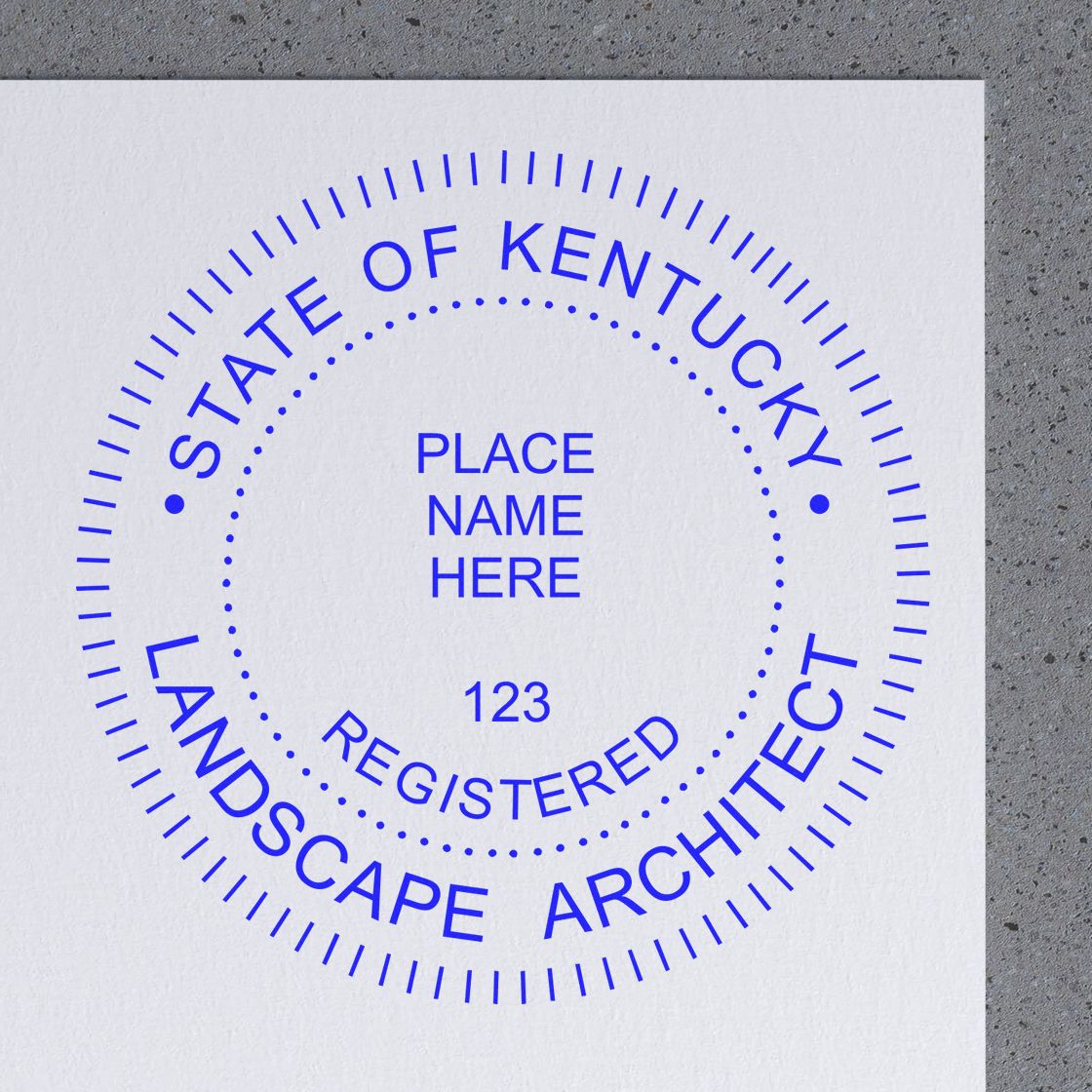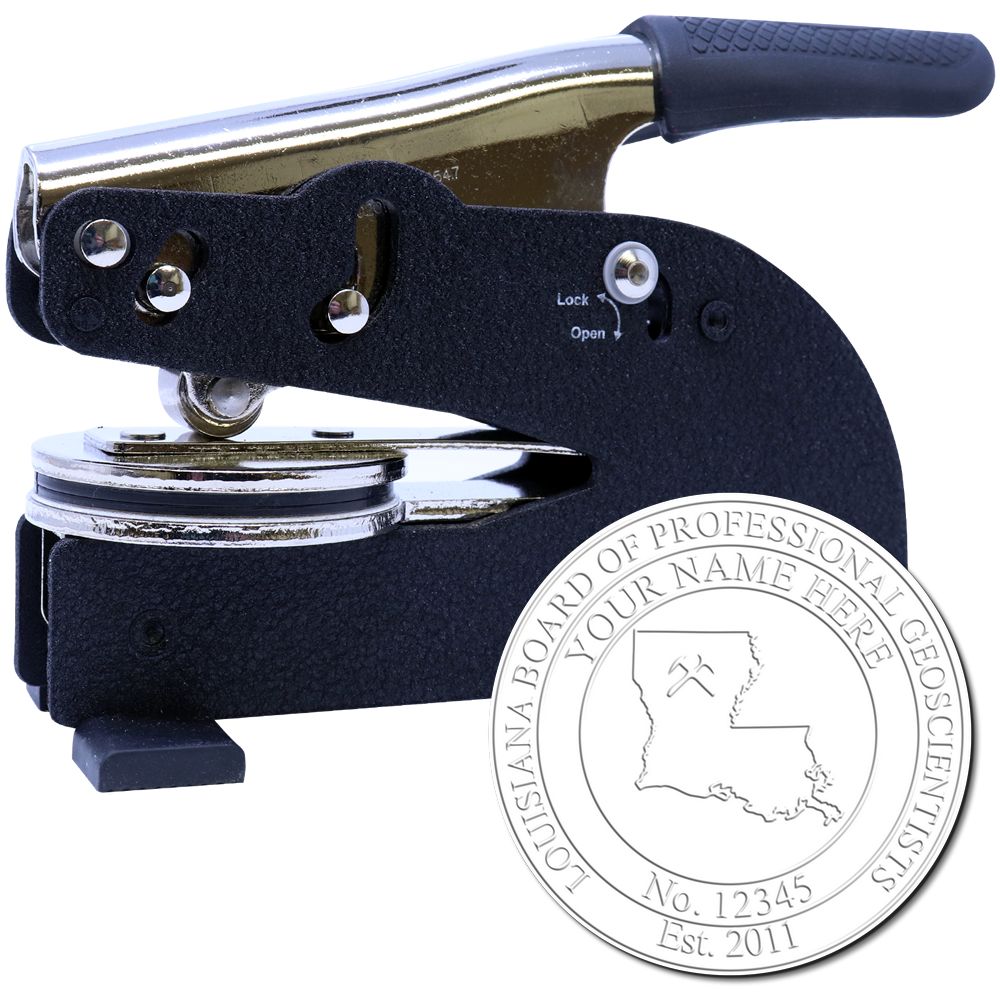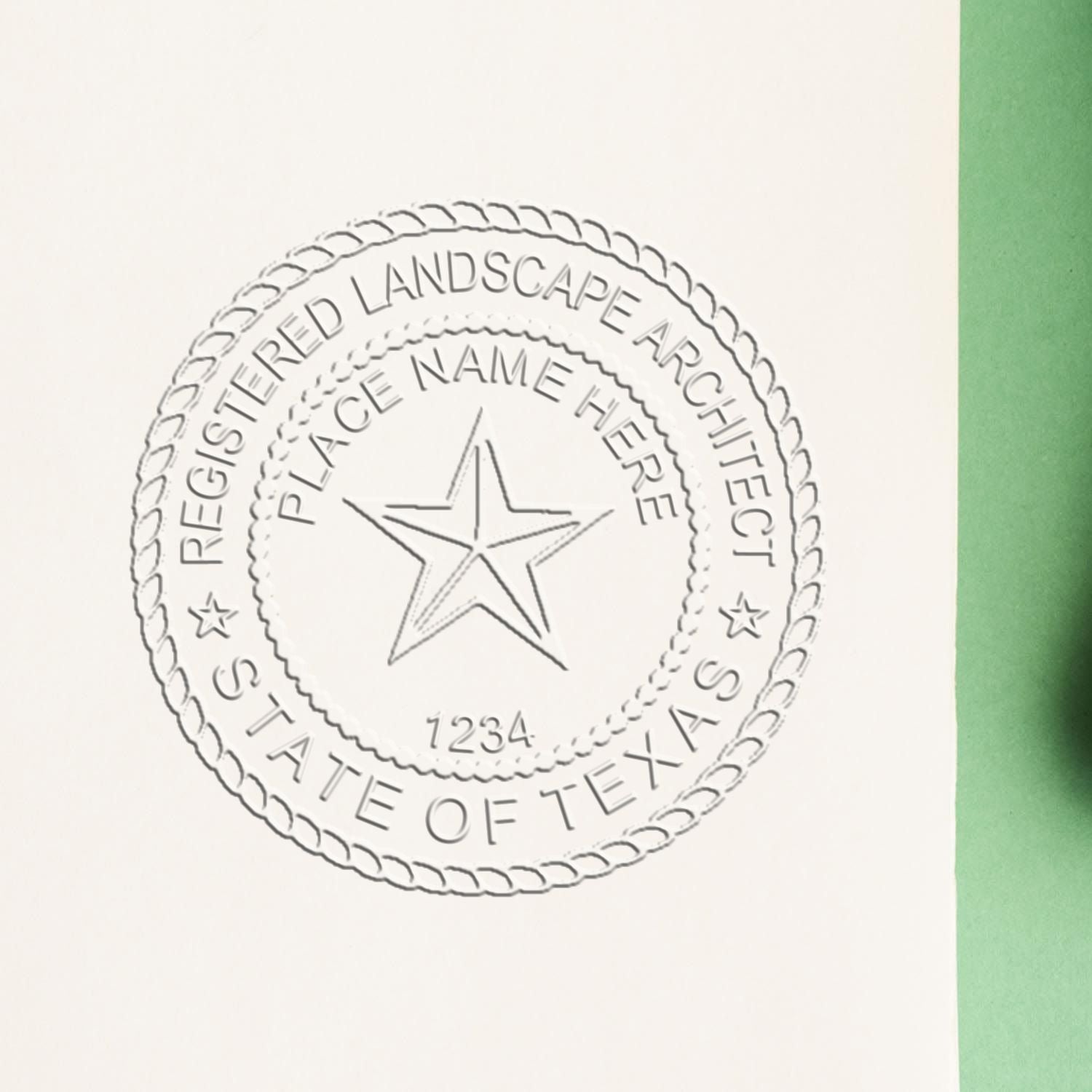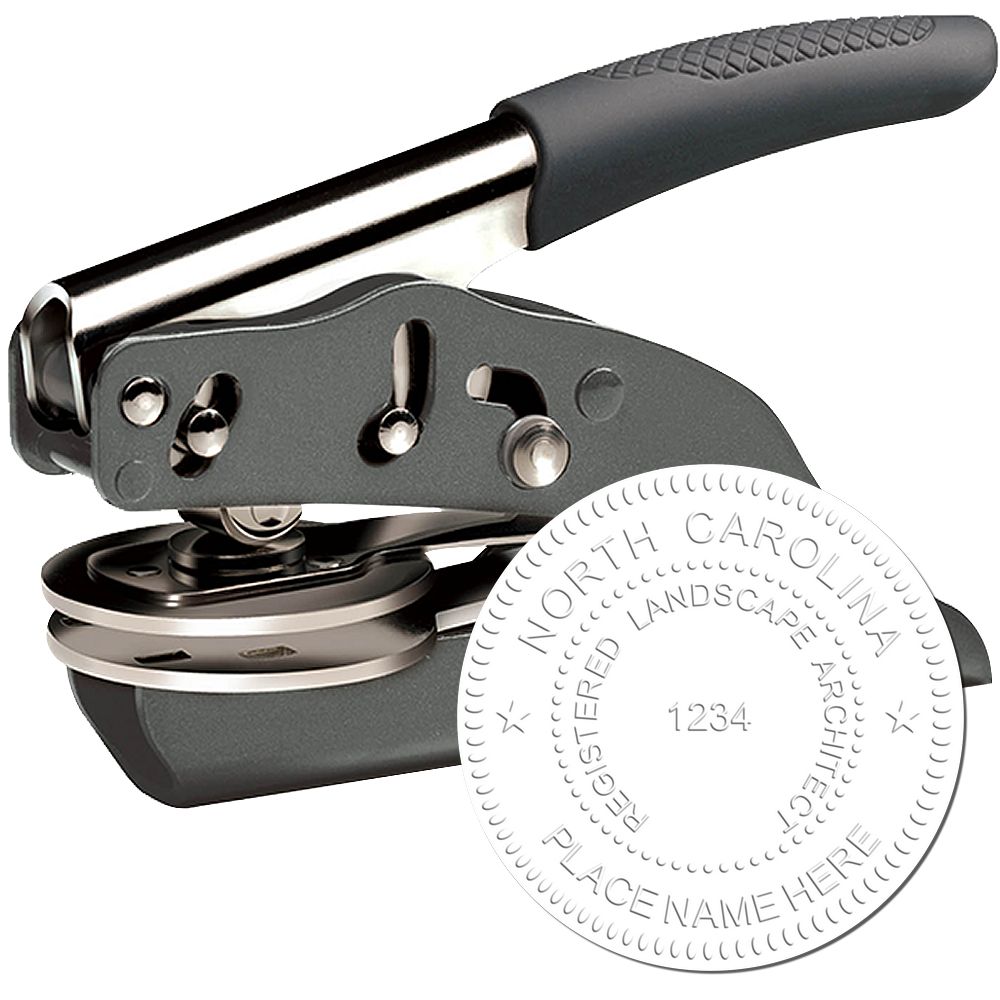Understanding Architect Stamps
Architect stamps play a vital role in the architectural profession, serving as a mark of authority and authenticity on important documents. In this section, we will explore the importance of architect stamps and the different types available.
The Importance of Architect Stamps
Architect stamps hold significant importance in the field of architecture. These stamps serve as a professional endorsement, validating the work of architects and ensuring compliance with regulatory requirements. By affixing their stamp to documents, architects take responsibility for the accuracy and integrity of their work.
Architect stamps carry legal weight and are often required for various purposes, including building permits, construction documents, and other official architectural submissions. They provide assurance to clients, contractors, and regulatory authorities that the architectural plans and specifications comply with applicable codes and regulations.
Architect stamps also act as a means of identification, allowing individuals to verify the credentials of an architect and confirm their professional standing. This adds credibility to architectural documents and instills confidence in the services provided by architects.
Different Types of Architect Stamps
There are several types of architect stamps available, each serving a specific purpose. The most common types include:
-
Professional Architect Stamp: This is the standard architect stamp used by licensed architects to authenticate architectural plans and documents. It typically includes the architect's name, license number, and the phrase "Registered Architect" or an equivalent designation.
-
Architect Signature Stamp: This stamp is used as an alternative to a handwritten signature. It bears the architect's name and is often used for non-official documents or in instances where a physical signature is not required.
-
Architect Seal Stamp: An architect seal stamp is a circular stamp that includes the architect's name, license number, and other relevant information. It is commonly used to emboss documents, leaving a raised impression of the seal.
-
Architect Digital Stamp: With the increasing use of digital documents, architects may choose to use a digital stamp or electronic signature to authenticate their work. These digital stamps comply with applicable regulations and provide a secure means of verification.
When purchasing an architect stamp, it's important to ensure compliance with the specific requirements of the state in which you practice, such as the Rhode Island architect stamp requirements. Additionally, consider factors such as stamp design, size, and functionality to meet your professional needs and preferences. For more information on Rhode Island architect stamps, you can visit our article on architect stamp Rhode Island.
Understanding the importance of architect stamps and the different types available can help architects make informed decisions when selecting the appropriate stamp for their practice. It is essential to adhere to the regulations governing architect stamps in your jurisdiction to maintain compliance and uphold professional standards.
Rhode Island Architect Stamp Requirements
Architect stamps play a crucial role in the architectural profession, serving as a symbol of authority and responsibility. In Rhode Island, architects are required to comply with specific regulations regarding the use of architect stamps. This section will cover the legal requirements, design and content specifications, as well as size and placement guidelines for architect stamps in Rhode Island.
Legal Requirements for Architect Stamps in Rhode Island
In Rhode Island, architect stamps are governed by the Rhode Island Architectural Practice Act. According to the act, licensed architects are required to affix their official architect stamp or seal on all drawings, plans, specifications, and other related documents prepared by them or under their direct supervision. The purpose of the stamp is to indicate that the documents have been prepared by a licensed architect and comply with applicable regulations.
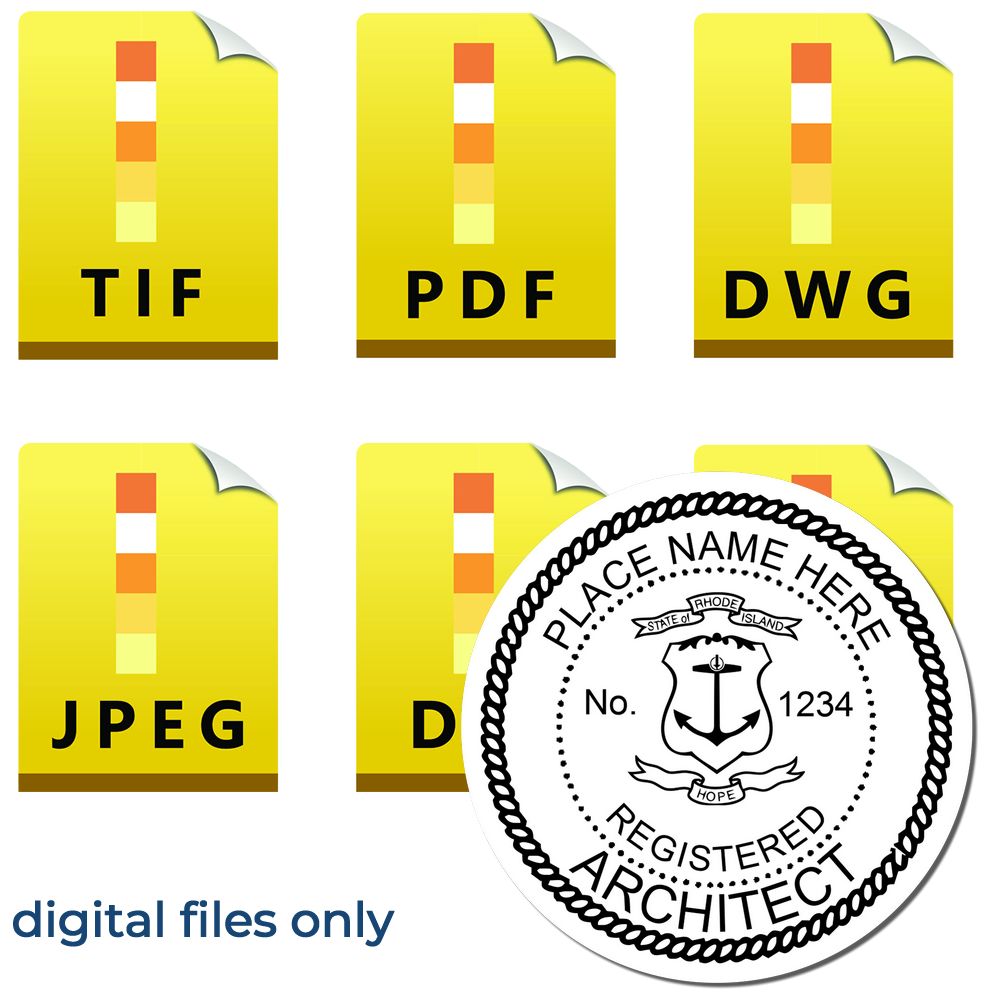
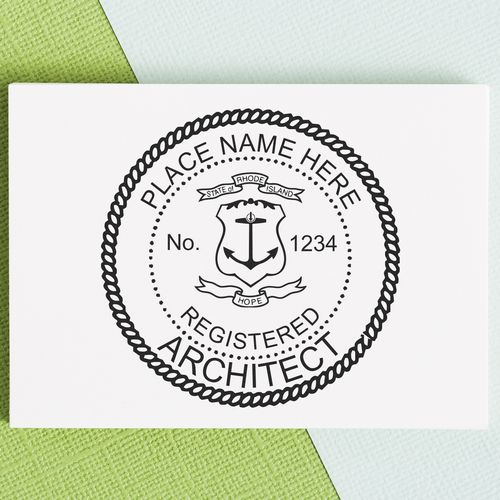


The architect stamp must include the architect's name, license number, and the words "Registered Architect" or "Architect". The stamp should be clear and legible, ensuring that all required information is easily visible. For more detailed information on the specific design requirements of the architect stamp, refer to our article on rhode island architect stamp design.
Design and Content Specifications
In addition to the legal requirements, there are specific design and content specifications that architects must adhere to when using architect stamps in Rhode Island. The stamp should include the architect's contact information, such as the business address and phone number. It is also recommended to include the architect's email address for easy communication.
The stamp design should be professional and clean, ensuring that all information is clearly visible and free from smudges or distortions. The use of a high-quality ink pad and stamping technique is essential for achieving consistent and legible imprints. When choosing an architect stamp vendor, consider factors such as stamp quality, durability, and affordability. For more information on selecting a stamp vendor, refer to our article on rhode island architect stamp regulations.
Size and Placement Guidelines
Rhode Island has specific size and placement guidelines for architect stamps. The stamp should be of sufficient size to ensure legibility and visibility. It is recommended to use a stamp size that allows the required information to be clearly seen, without being too large or obstructive. For detailed information on the specific size requirements, consult our article on rhode island architect stamp size.
The architect stamp should be placed in a prominent location on the architectural drawings, plans, or specifications. The most common placement is in the lower right corner of the document, ensuring that it does not interfere with any important information. The stamp should be imprinted in a way that it cannot be easily removed or altered, providing a reliable indication of the architect's involvement in the project.
By understanding and complying with the architect stamp requirements in Rhode Island, architects can ensure that their documents meet the necessary legal standards and convey their professional authority. It is important to stay informed about any updates or changes in the regulations to ensure ongoing compliance. For additional resources and information on architectural licensing in Rhode Island, refer to the Rhode Island Architectural Licensing Board, the Rhode Island State Building Code, and relevant professional organizations and associations.
Purchasing a Rhode Island Architect Stamp
When it comes to purchasing an architect stamp in Rhode Island, there are a few key considerations to keep in mind. This section will guide you through the process of obtaining a Rhode Island architect stamp and ensure compliance with the state's regulations.
Where to Purchase Architect Stamps
To acquire a Rhode Island architect stamp, it is essential to choose a reputable vendor that specializes in professional stamps and seals. Many online retailers offer architect stamps that meet the requirements set by the Rhode Island Architectural Licensing Board. Make sure to select a vendor that provides high-quality products and has a track record of serving architects in Rhode Island.
Factors to Consider When Choosing a Stamp Vendor
When selecting a vendor for your architect stamp, consider the following factors:
-
Quality and Durability: Look for vendors that offer architect stamps made from durable materials such as metal or high-quality plastic. The stamp should be able to withstand repeated use without compromising the clarity of the impression.
Save 20%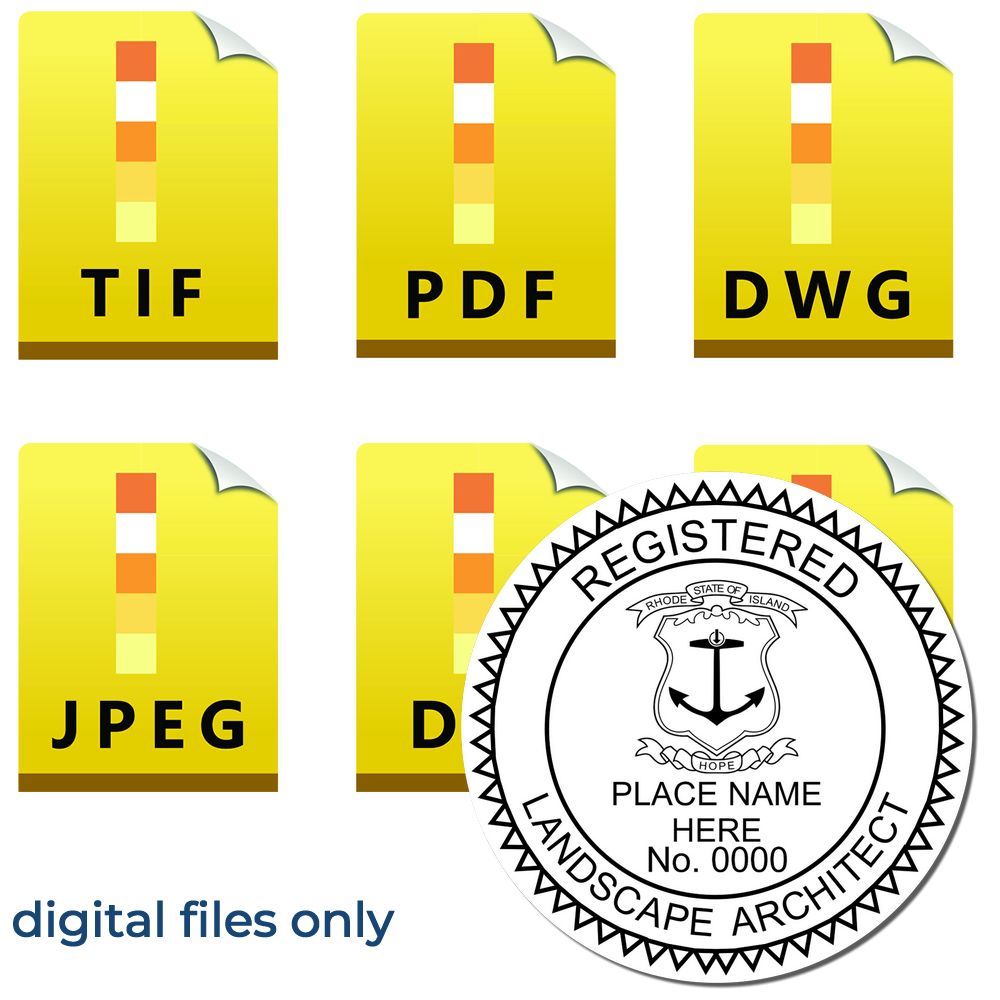
 Digital Rhode Island Landscape Architect Stamp, 6 File Types3008LA-RISale price$20.00 Regular price$25.00Save 15%
Digital Rhode Island Landscape Architect Stamp, 6 File Types3008LA-RISale price$20.00 Regular price$25.00Save 15%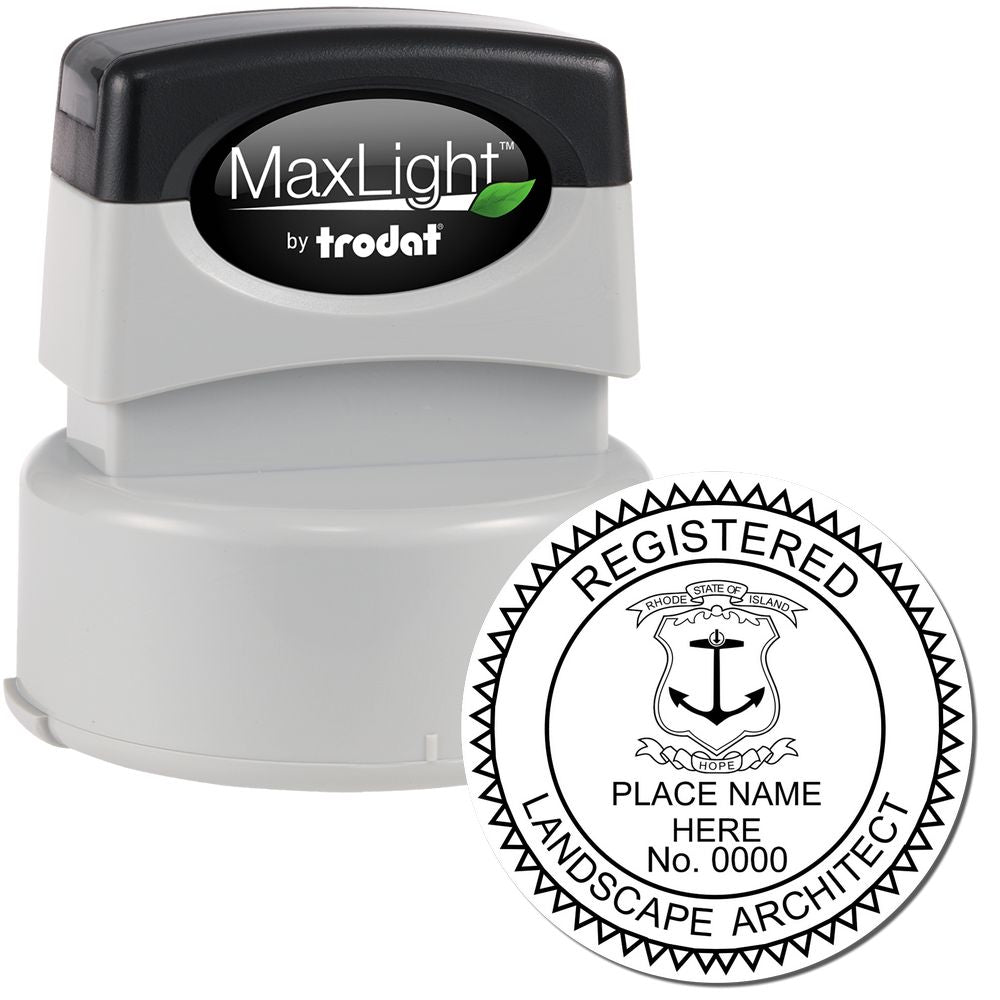
 Premium MaxLight Pre-Inked Rhode Is Landscape Architects Stamp3021LA-RISale price$46.95 Regular price$54.95
Premium MaxLight Pre-Inked Rhode Is Landscape Architects Stamp3021LA-RISale price$46.95 Regular price$54.95 -
Customization Options: Check if the vendor offers customization options for the architect stamp. This allows you to include your name, license number, and other required information on the stamp, ensuring compliance with Rhode Island regulations.
-
Delivery Time: Consider the delivery time offered by the vendor. It is important to receive your architect stamp in a timely manner to avoid any delays in your work.
-
Customer Reviews: Read customer reviews and testimonials to get an idea of the vendor's reputation and customer satisfaction levels. This will help you make an informed decision.
Ensuring Compliance with Rhode Island Regulations
To ensure compliance with Rhode Island regulations, it is crucial to carefully review the specific requirements for architect stamps in the state. Familiarize yourself with the design and content specifications outlined by the Rhode Island Architectural Licensing Board. The stamp should include your name, license number, and the words "Registered Architect" or "Architect."
Additionally, consider the size and placement guidelines provided by the board. The stamp should be legible and clearly visible on the documents it is affixed to. For more detailed information on Rhode Island architect stamp requirements, refer to our article on rhode island architect stamp regulations.
By purchasing an architect stamp from a reliable vendor and ensuring compliance with Rhode Island regulations, you can confidently use your stamp to certify your architectural work in the state. Remember to stay up-to-date with any changes in the regulations to maintain compliance throughout your architectural practice.
Maintaining Compliance
As an architect in Rhode Island, it is essential to stay compliant with the architect stamp requirements set forth by the state. This ensures that your work is recognized and accepted by regulatory authorities. In this section, we will explore how architects can maintain compliance and adhere to the necessary regulations.
Staying Up-to-Date with Regulations
Architectural regulations and requirements can evolve over time. It is crucial for architects to stay informed about any updates or changes to ensure ongoing compliance. This can be achieved by regularly reviewing resources such as the Rhode Island Architectural Licensing Board and the Rhode Island State Building Code. These resources provide valuable information on current regulations, guidelines, and any amendments that may be applicable to architect stamps. By staying up-to-date, architects can ensure their work meets the latest standards.
Renewing and Updating Architect Stamps
Architect stamps are not a one-time purchase, but rather a tool that needs to be periodically renewed and updated. In Rhode Island, architects are required to renew their stamps within a specified timeframe, typically every two years. It is essential to keep track of the stamp's expiration date and initiate the renewal process in a timely manner. Failure to renew the architect stamp can result in non-compliance and potential issues with accepting your architectural documents.
Additionally, architects should consider updating their stamps to reflect any changes in their professional information. This includes updates to personal details, such as name or contact information, as well as updates to the architect stamp design. By ensuring that your stamp remains accurate and up-to-date, you maintain compliance and present a professional image.
Consequences of Non-Compliance
Non-compliance with Rhode Island architect stamp requirements can have serious consequences. It may result in the rejection of architectural documents, delays in project approvals, or even legal repercussions. To protect your professional reputation and ensure the smooth progress of your projects, it is crucial to comply with the regulations set by the state.
By staying up-to-date with regulations, renewing and updating architect stamps as required, and being aware of the consequences of non-compliance, architects can maintain compliance and meet the standards expected by the state of Rhode Island.
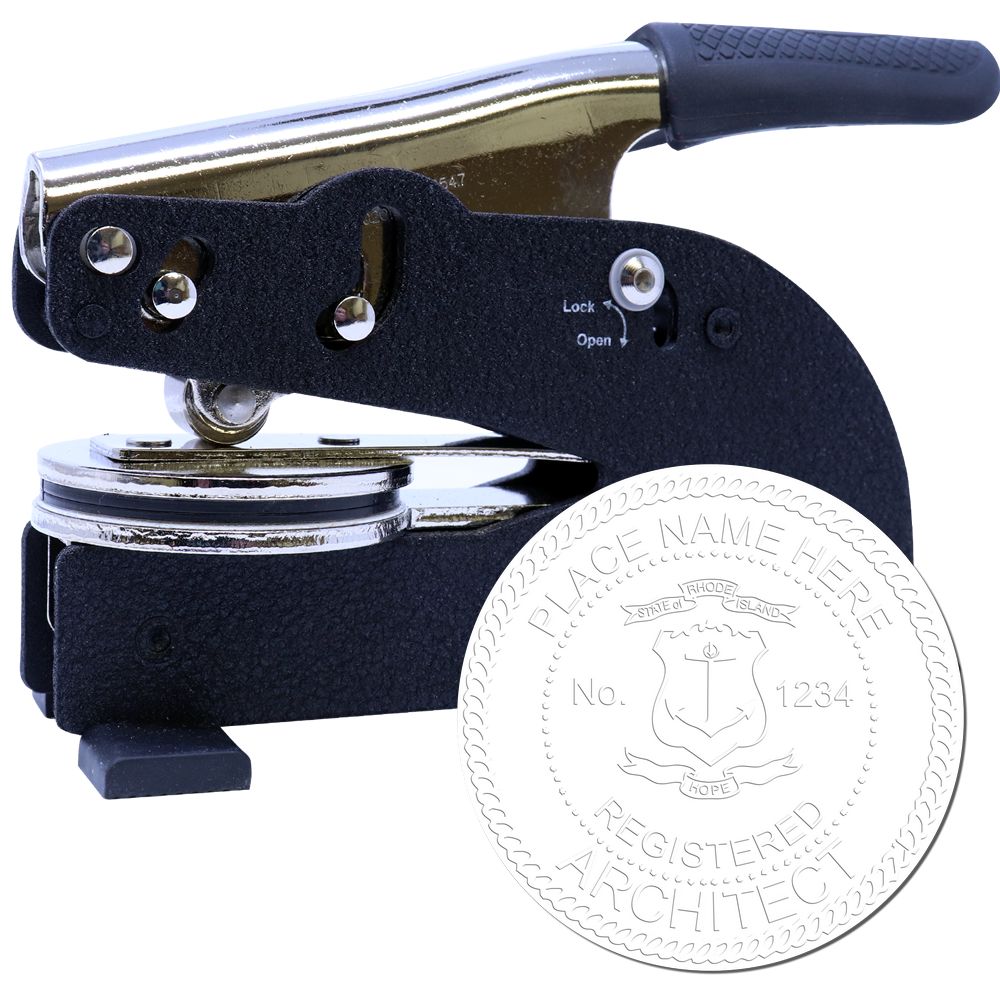

For more information on Rhode Island architect stamp regulations, including the specific design requirements and stamp sizes, please refer to our article on architect stamp Rhode Island and Rhode Island architect seal.
Additional Resources
As an architect navigating the requirements for Rhode Island architect stamps, it's important to have access to additional resources that can provide further guidance and support. Here are some valuable resources to assist you throughout the process:
Rhode Island Architectural Licensing Board
The Rhode Island Architectural Licensing Board is a governing body that oversees the licensing and regulation of architects in the state. This board is responsible for establishing the requirements and standards for architect stamps in Rhode Island. By visiting their official website, you can find detailed information on the latest regulations, application processes, and any updates or changes to the requirements. It's essential to stay informed and up-to-date with the guidelines provided by the licensing board to ensure compliance. You can access their website by clicking here.
Rhode Island State Building Code
The Rhode Island State Building Code is a comprehensive set of regulations and standards that govern the construction and design of buildings in Rhode Island. Familiarizing yourself with the building code is crucial in understanding the specific requirements for architect stamps within the state. The code outlines the legal and technical aspects related to architectural design, construction materials, safety standards, and more. By referring to the state building code, you can ensure that your architect stamp meets all the necessary criteria. For more information, visit the Rhode Island State Building Code website.
Professional Organizations and Associations
Engaging with professional organizations and associations can provide valuable resources and networking opportunities for architects. These organizations often offer guidance on industry best practices, continuing education programs, and access to a community of fellow professionals. By joining relevant organizations, you can stay informed about the latest developments in the field, including any updates to Rhode Island architect stamp requirements. Some prominent organizations for architects include the American Institute of Architects (AIA) and the National Council of Architectural Registration Boards (NCARB). Exploring these organizations' websites can provide you with a wealth of information and resources tailored to the architectural profession.
By utilizing these additional resources, you can enhance your understanding of Rhode Island architect stamp requirements and ensure that you comply with all applicable regulations. Remember to regularly check for updates from the Rhode Island Architectural Licensing Board and stay engaged with professional organizations to stay informed about any changes or advancements in the field.
About ESS
At Engineer Seal Stamps (ESS), we aren't just makers; we're dedicated craftsmen passionate about bringing precision to your fingertips. Specializing in the creation of custom rubber stamps, professional seals, and notary stamps, our expertise is underpinned by a steadfast commitment to stellar customer service. Every ESS product isn't just a tool, but a promise—backed by our state board guarantee, ensuring that each seal and stamp you receive from us is of impeccable standard. Our dedication extends beyond the product; we pride ourselves on being responsive, attentive, and always in tune with our customers' needs. Choose ESS, where excellence meets assurance, and every impression counts.

